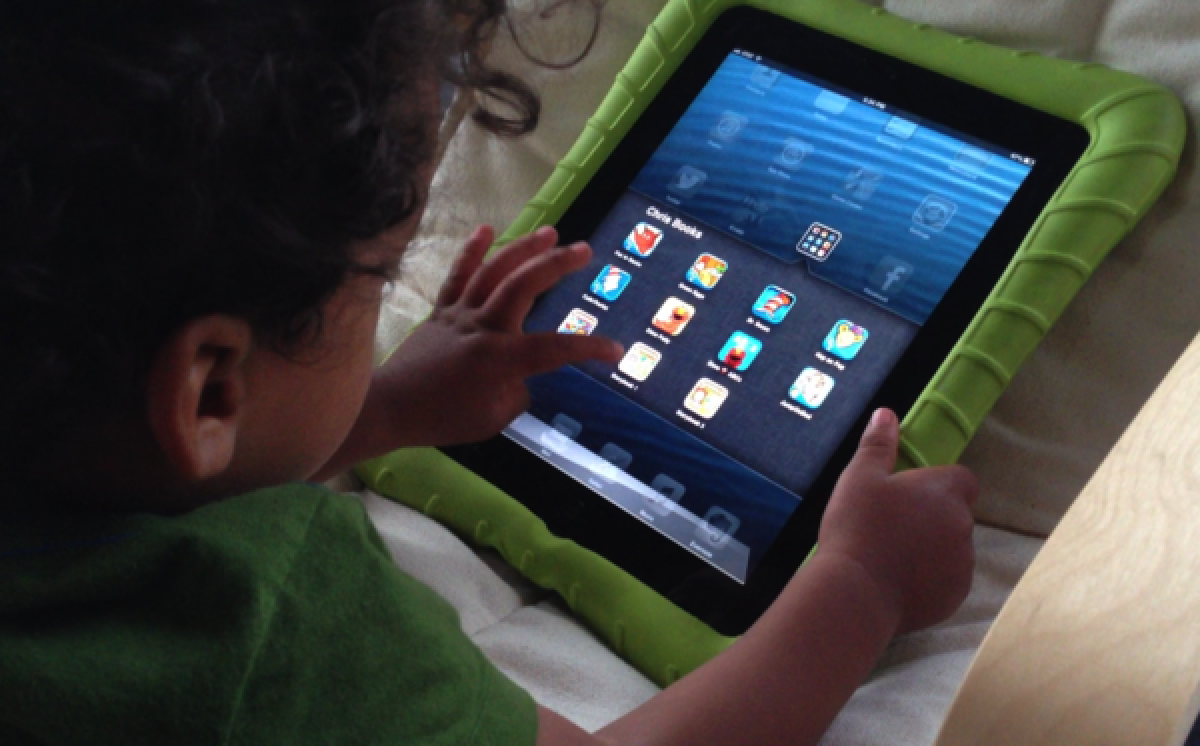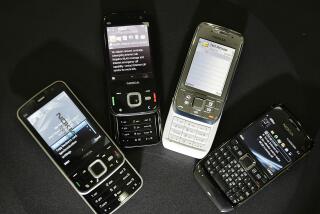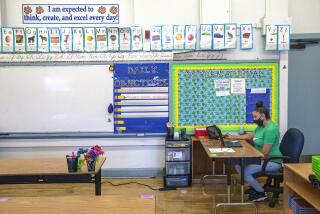Parental plea: Apple iPad should get more family friendly

Over the last year or so since I became a mother, what was my iPad has morphed into the family iPad, has been renamed Elmo by our nearly 2-year-old son, Christopher, and seems to be a bit of a mystery grab bag when I finally get it back in my hands.
From his many early FaceTime and Skype chats with “Nana,” my mother, he’s gotten quite proficient at using it. He now slides the virtual arrow to open it, selects the on-screen folder that reads “Chris’ books” and deftly taps through a series of book apps that entertain and engage him. And he knows the ones he wants. He also swipes the screen to the second page to launch the video player so he can watch his selection of Elmo videos.
Our little one’s curiosity prompts him to launch, move, erase and download multiple apps at a time, leading to a confused mom who just wants to check her email and play a game of Ruzzle to relax at the end of the day. I literally could not find the App Store app for months -- well, only by using the search function.
Although our family encourages sharing, Apple really doesn’t when it comes to its devices. Unlike its tablet competitors such as Kindle Fire, the iPad/iPhone doesn’t offer a “kid mode.”
Sure, the iDevices have the ability to turn on restrictions. Although the devices themselves are so intuitive that a child only a few months old can navigate them, these restrictions were clearly created by very bright folks who have little or no exposure to small children.
Inexplicably, you have to reset the restrictions every time you click enable. In other words, if you want to turn them off for your own use, you’ve got to go step by step through each option all over again before passing the device back to an eager (and impatient) child.
For me that included setting up a restrictions passcode, which you enter twice; toggling about five tabs of things I didn’t want to allow, from access to iTunes to installing and deleting apps; turning off explicit music and podcasts; shifting permissible ratings for movies, TV shows, books and age ratings for apps; and turning off the ability to make in-app purchases.
That’s 13 clicks in all -- and that didn’t include adjusting privacy settings for location services, contacts, photos or calendars. And you have to do that every time your kid reaches for your device? Not very family friendly at all.
I informally polled some friends and acquaintances with kids about their wishlist for a more family-friendly iPad. A number of them mentioned the ability to turn off or exclude in-app purchases, which is something that’s easily done now.
Apple apparently needs to do a better job of educating parents that they already have that ability, particularly in light of the recent cases and settlements related to kids going on in-app spending sprees without their parents’ knowledge or permission.
(Last month, Apple settled a class-action suit covering more than 23 million App Store account holders, offering $5 or more in iTunes credit or a cash refund to those who attest that such app purchases were made without their consent or knowledge.)
The latest versions of iOS do allow you to block in-app purchases by clicking on General in the Settings app and looking for Restrictions. You click on Enable Restrictions, and then go through and toggle what you what to turn off access to, including in-app purchases -- and you can disable the ability to delete apps.
A warning for those parents who may expect to be able to use their phone or tablet after retrieving it from junior: Setting restrictions may make apps and content that don’t fit those criteria disappear. (I discovered that when the App Store and my pregnancy apps disappeared from view and couldn’t be retrieved by a search. But not to worry; they’re invisible only while restrictions are enabled. They return -- albeit in a random location on the device -- when restrictions are disabled.)
The second most requested feature among my group was separate user profiles. For older children who play the same games or read the same books as Mom or Dad, it would be great for them to be able to easily access their own settings without disturbing their parents’.
Another wishlist feature was separate Web histories -- and one that couldn’t be erased without a parental code.
Next on the list was the ability to let the kids play with the photo app and camera but keep them from deleting photos and videos. That’s a biggie in our household. We seem to have a budding Herb Ritts in our son, but his fast little fingers delete as fast as they create.
Last on the list came from a friend whose family is less skilled at sharing. Her wish: Please make the devices more affordable -- or have some sort of two-for-one discount.
I’m not sure I’d hold my breath on the lower price, but the software-based features should be easy enough to implement and would make Apple comparable and more competitive among those parents at ease with its products and wedded to the ecosystem.
ALSO:
Apple’s market cap falls below $400 billion
Apple almost called the iPhone the ‘TelePod’
Google updates iPhone Maps app with quick search icons
Follow Michelle Maltais on Google+, Facebook or Twitter
More to Read
Inside the business of entertainment
The Wide Shot brings you news, analysis and insights on everything from streaming wars to production — and what it all means for the future.
You may occasionally receive promotional content from the Los Angeles Times.











